Here’s Why The Porsche Taycan Is A Tesla-Killer… And Why It Isn’t

Ahh, Twitter. The pinnacle of civilised discussion, of reasoned debate and a shining beacon of friendly discourse between people with different views. Wait, no, not that. Twitter has long since been a battleground where extremist opinion-wielders, often hiding behind anonymised profiles, can screech at each other like toddlers fighting over the last choc-ice.
It’s getting so boring to see the maelstrom of insults, accusations and weird attempts at metaphor that are thrown around daily in order to make a point that may or may not be valid in the first place. Try telling one of the die-hard EV fanatics on there – who always seem to be patrolling online – that a battery-powered car wouldn’t work for your lifestyle and just wait for the frothing river of vitriol.
It’s much the same story if you say anything bad about a Tesla. Mention calamitous fit and finish problems, exorbitant service costs, poor after-sales support or shoddy materials and you might as well take yourself to the village stocks to await the volley of rotten comments that will follow. This bizarrely aggressive defensiveness has stepped up a notch with the full launch of the Porsche Taycan. Tesla itself has just confirmed that it will take the flagship Model S to the Nurburgring to try to beat Porsche’s time. So why is the beef between the two so meaty? And which one really is better?
Let’s start with the Model S, a car that first emerged in 2012, remember. By normal model cycle standards it should be end-of-life by now, making way for an all-new version very soon. It’s still going strong, though. A range-topping dual-motor Performance model costs from £91,800, packs a 95kWh battery and will spring from a standstill to 62mph in a very, very arresting 2.6 seconds. It can apparently cover up to 365 miles on a charge and reach 162mph flat-out.
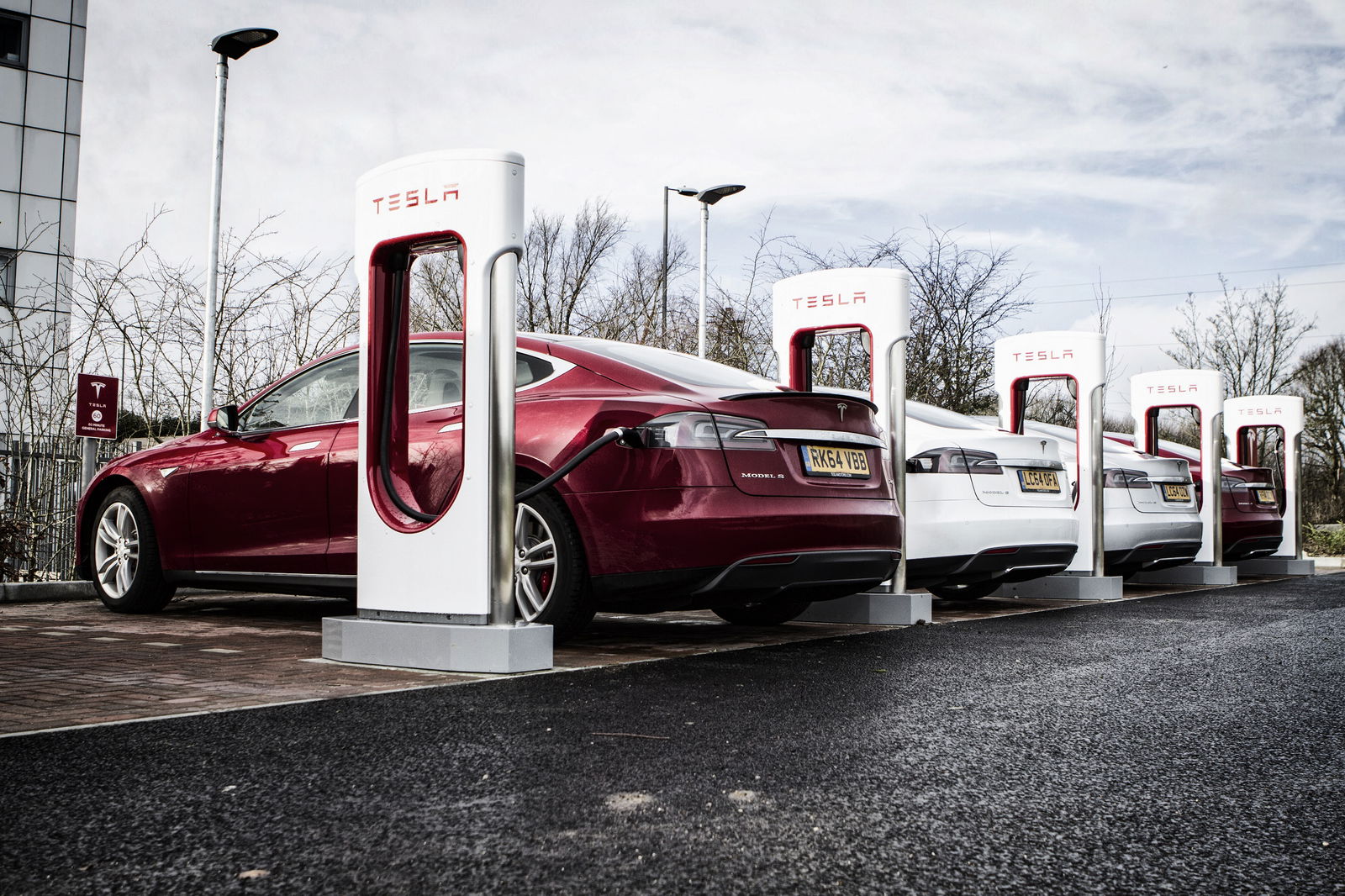
It’s also the beneficiary of an absolutely incredible recharging infrastructure. Tesla superchargers are everywhere; lines of them march off into the middle distance at key motorway service stations while you’ll see three or four clustered at many luxury hotels, fitness clubs, airports and even shopping centres. You really are never far from a Tesla charger, and they’re vastly, indescribably more reliable than non-Tesla units (see my week with the otherwise brilliant Jaguar I-Pace).
Other perks of Model S ownership are the over-the-air updates that sometimes add new features or erase existing bugs at no extra cost. Then there’s the Musk-inspired sense of fun; the Easter eggs found throughout the massive menu screen’s many functions. The fact that the highest-performance mode really is called ‘Ludicrous Mode’ adds to the overall sense that it doesn’t take itself too seriously. Unlike its core fanbase on Twitter.
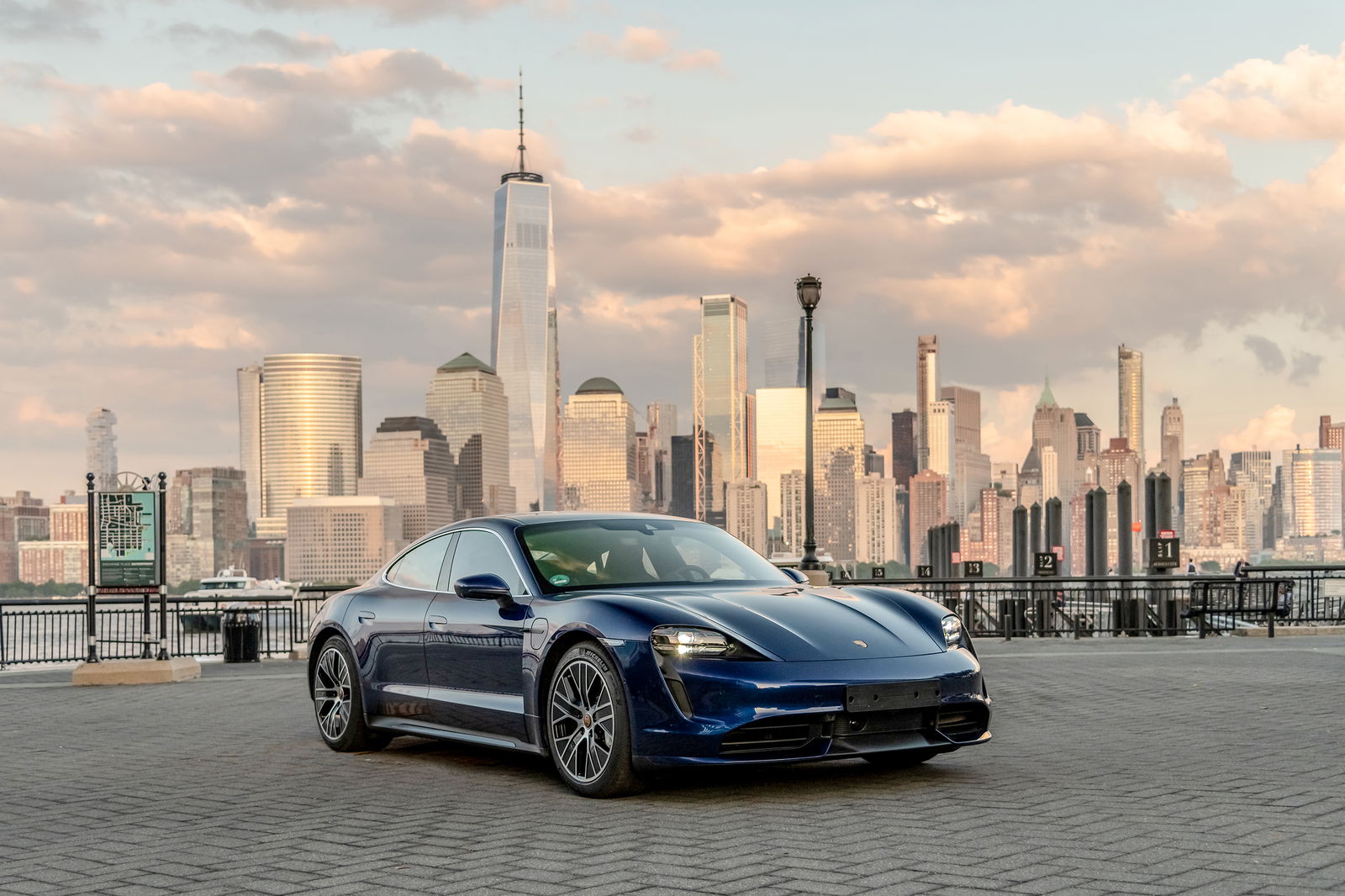
Let’s hop over to the eminently more sober but also dual-motor Taycan. It’s a German flagship car and that means no one involved is allowed to smile unless it’s in a pre-approved and regulated way. Every reference to speed or driving entertainment is tempered by careful marketing phraseology. That’s just part of the German character and we love them for that; it makes them different from the more happy-go-lucky British. The car does come across as more serious than the Model S as a result, which could tip the scales either way depending on your point of view.
On price the Taycan does not look good. The less powerful car starts at £115,858 before a grinning Porsche salesman presents you with the 12,785-page options list, while the (sigh) Turbo S costs £138,826 before options. For a closer performance comparison with the Model S Performance you have to take the 751bhp Turbo S, presenting a £47,026 gap. That’s enough to buy a spare Tesla Model 3 and still have around £7000 left to put young Cuthbert through private school.
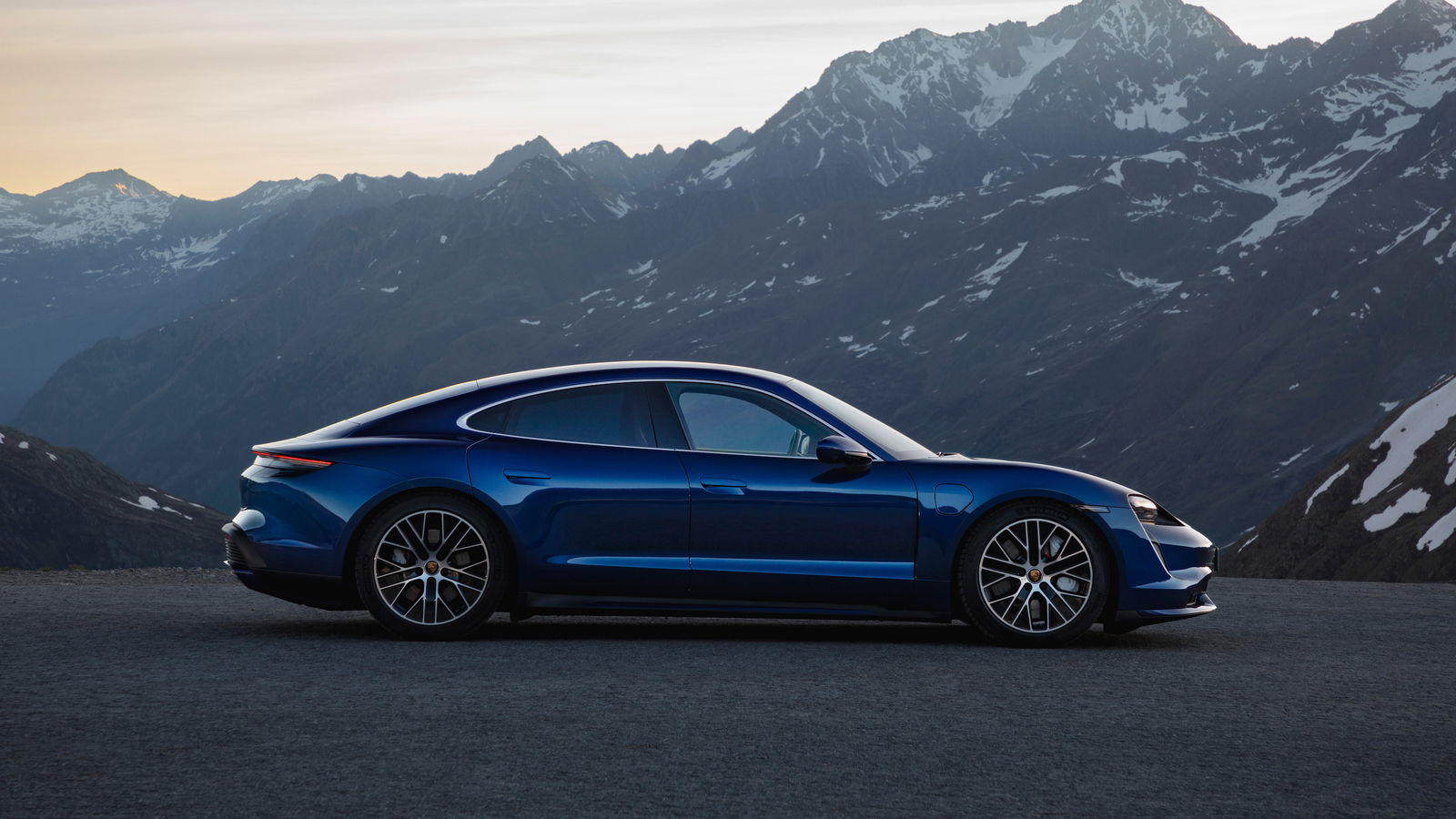
On the other hand, for that extra cash Porsche is offering important stuff, like robustness, repeatable acceleration and longevity of the batteries. The Taycan has, they say, been engineered to offer less peak performance than is technically possible from its drivetrain, in order to make sure that it can spend all day on the drag strip without the batteries getting damaged. It’s engineering sensibility at work, and fair play to Porsche. You can’t undo damage to battery cells.
Porsche dealers are fairly commonplace and Porsche warranties are a known quantity. This is its first full BEV, too, and we’d bank on Porsche wanting to keep customers happy in order to preserve and reforge its reputation among the wealthy and well-connected buyers it serves. Tesla’s backup, if you put stock in reports on forums, can be a bit sub-standard, even if you have a dealer anywhere near you.
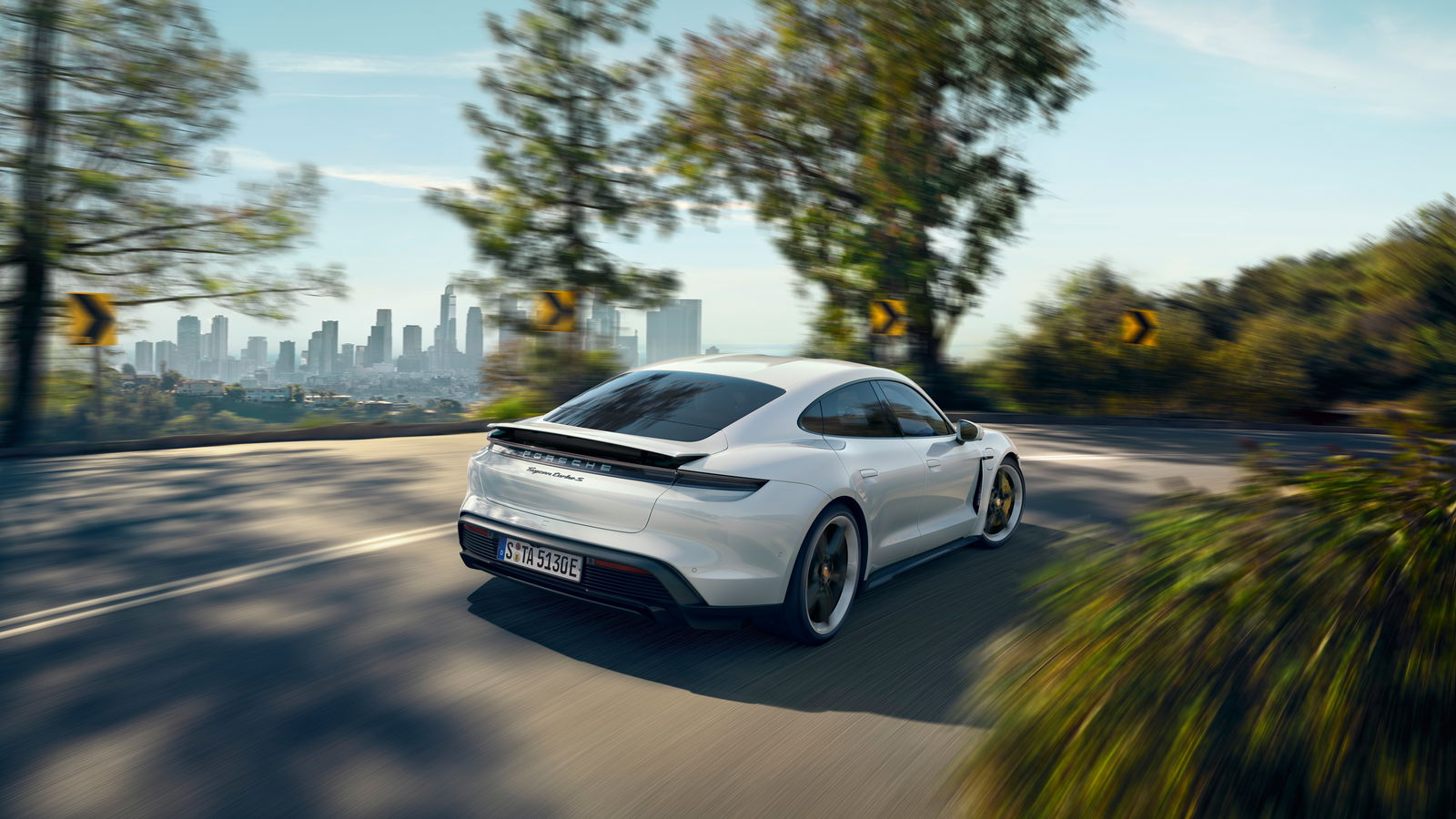
We’d also place a bet that the Taycan will be the nicer car to drive. Fair enough, it can’t match Ludicrous Mode for sheer straight-line lunacy, but Porsche really knows how to make a car handle. Arguably, no car maker on earth is better at it; Porsche has proved its wizardry on short cars, long cars, tall cars and heavy cars, not just sports cars. The Taycan’s centre of gravity is lower than the 911’s. While it’s much heavier, we can’t believe it will handle anything other than sublimely.
Beyond doubt is that the interior of the Taycan is much nicer than the Model S’s. I personally much, much prefer the layout of screens and controls in the Porsche, too. The Model S’s vast screen isn’t user-friendly, is always either too bright or too dim and is too hard to use on bumpy roads. Frankly the Taycan may suffer the same problems in use, but at least its own solution isn’t ugly.
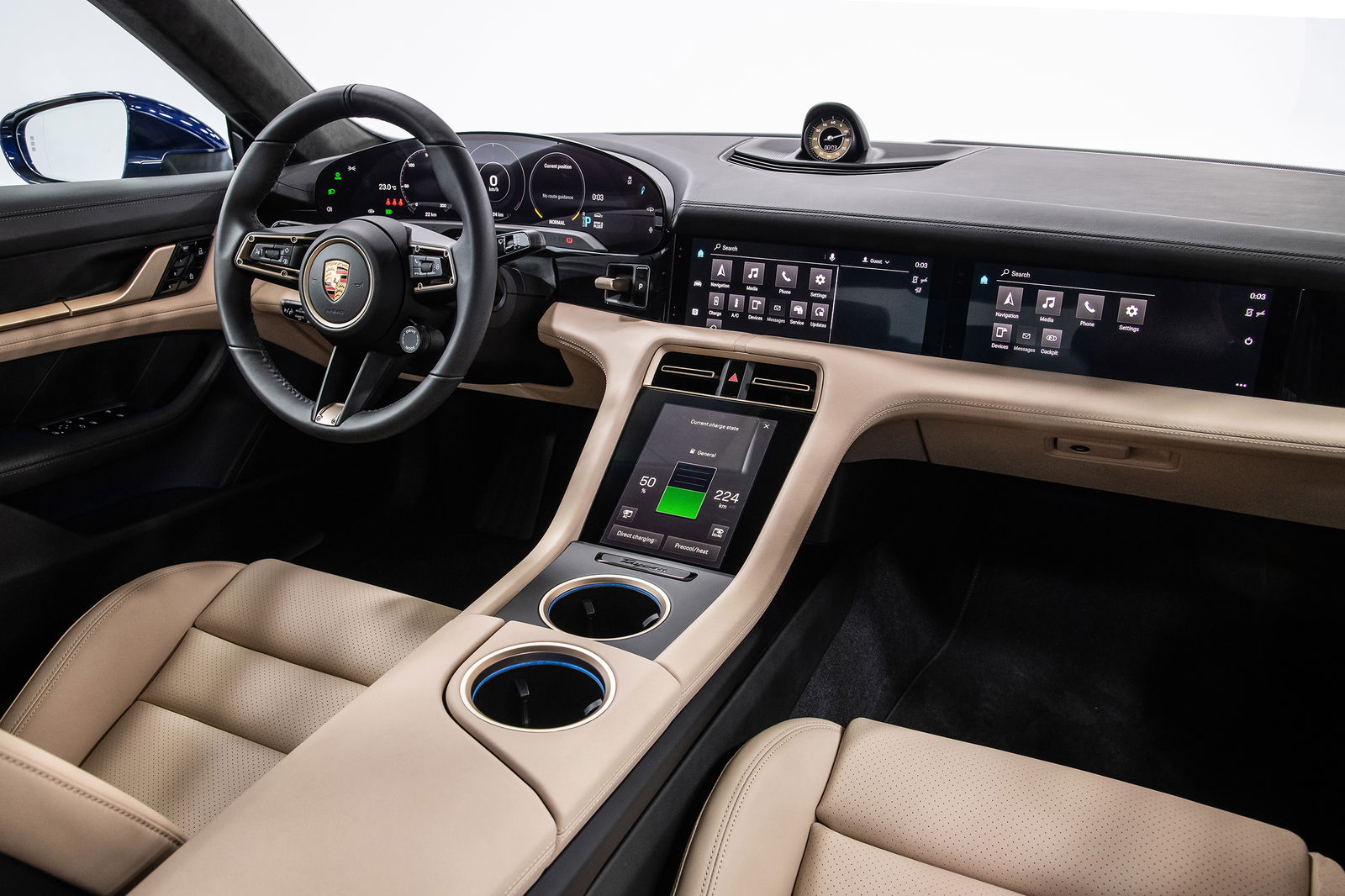
The Taycan presents options like a Burmester stereo, higher-quality materials and a premium experience that rich EV buyers want. It’s not just about the badge, although that might help. It ticks so many boxes for its target audience despite the Turbo S giving away over 100 miles of claimed range to the Model S Performance.
There’s also the faster recharging potential to consider. The Taycan can use 270kW chargers to recoup e-juice at record speeds; around 60 miles in just five minutes. The slight problem with this is that 270kW chargers are about as common as rocking horse poo. Brace for the frustration of not being able to use the car’s full functionality for a further year or two.
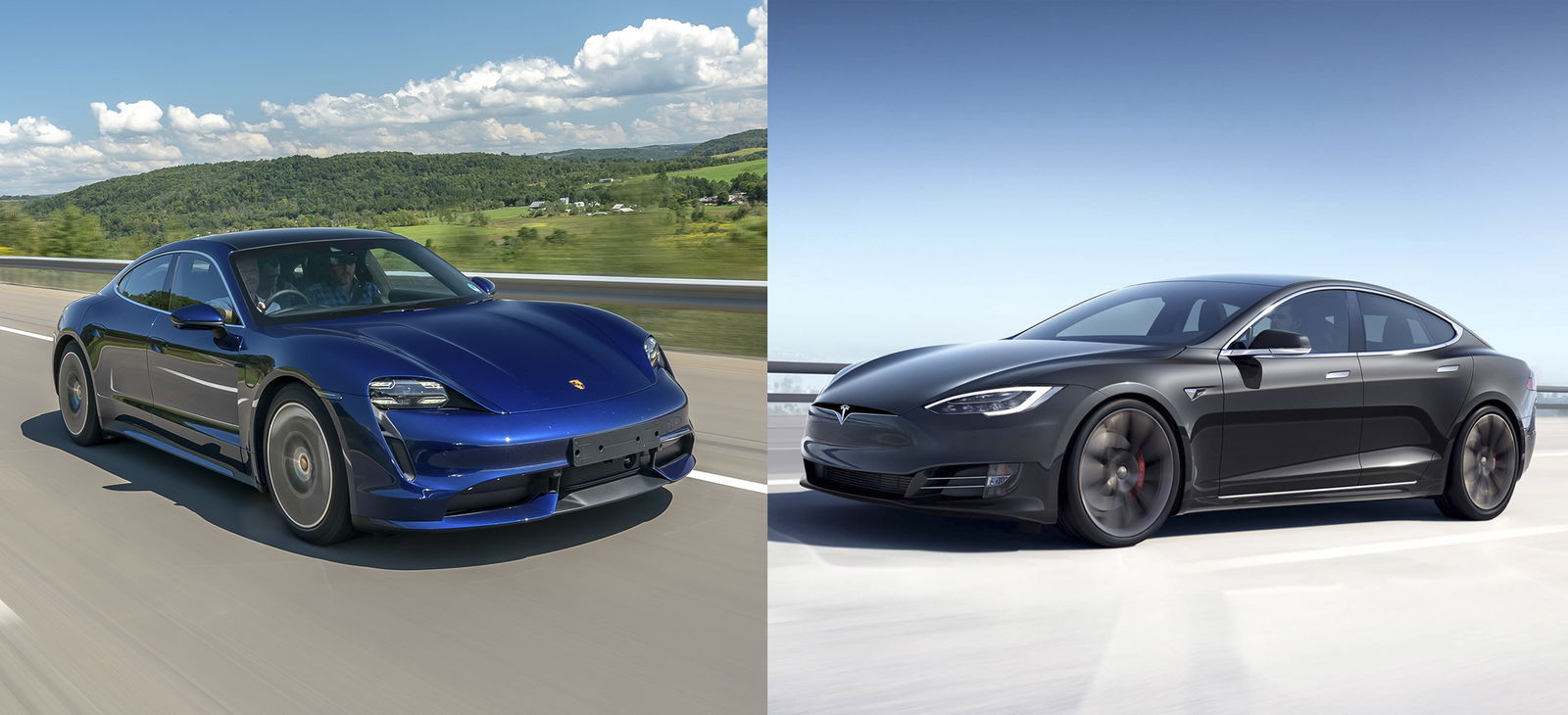
The more detail you discuss about these two, the clearer it becomes that they offer two surprisingly different experiences. The Model S is all about clean-conscience straight-line fun, continent-crossing usability and tech designed for tech-heads. The Taycan is a technological sports car for people who see cars as cars first and foremost. It’s more expensive but it’s also less of a departure from what Porsche’s customers know and like.
That we’re even having this discussion when one of these cars is brand new and the other is seven years old is testament to the Tesla. The Model S may be old but it was an entire model cycle ahead of its time. How can you not offer credit where it’s due? The Taycan may at last be better in certain areas, though, and 30,000 pre-orders can’t be wrong. We reckon Porsche will keep to its build schedule, too…
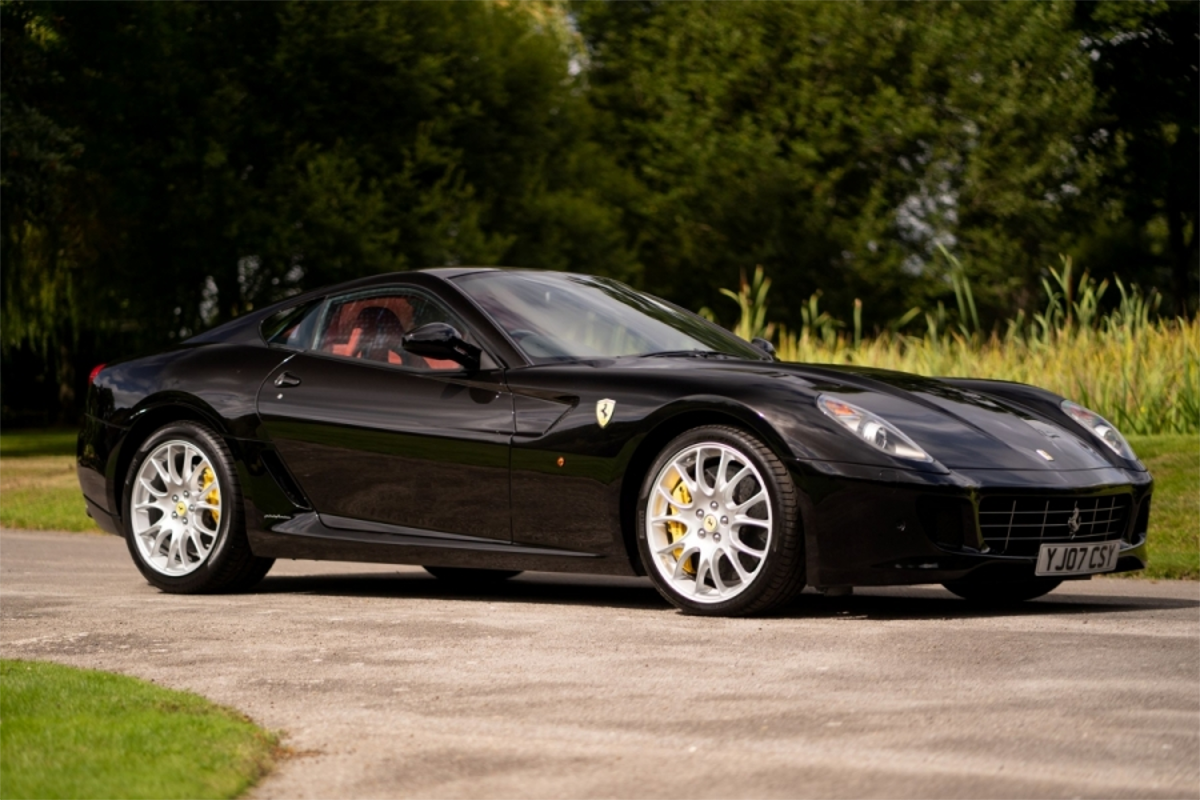
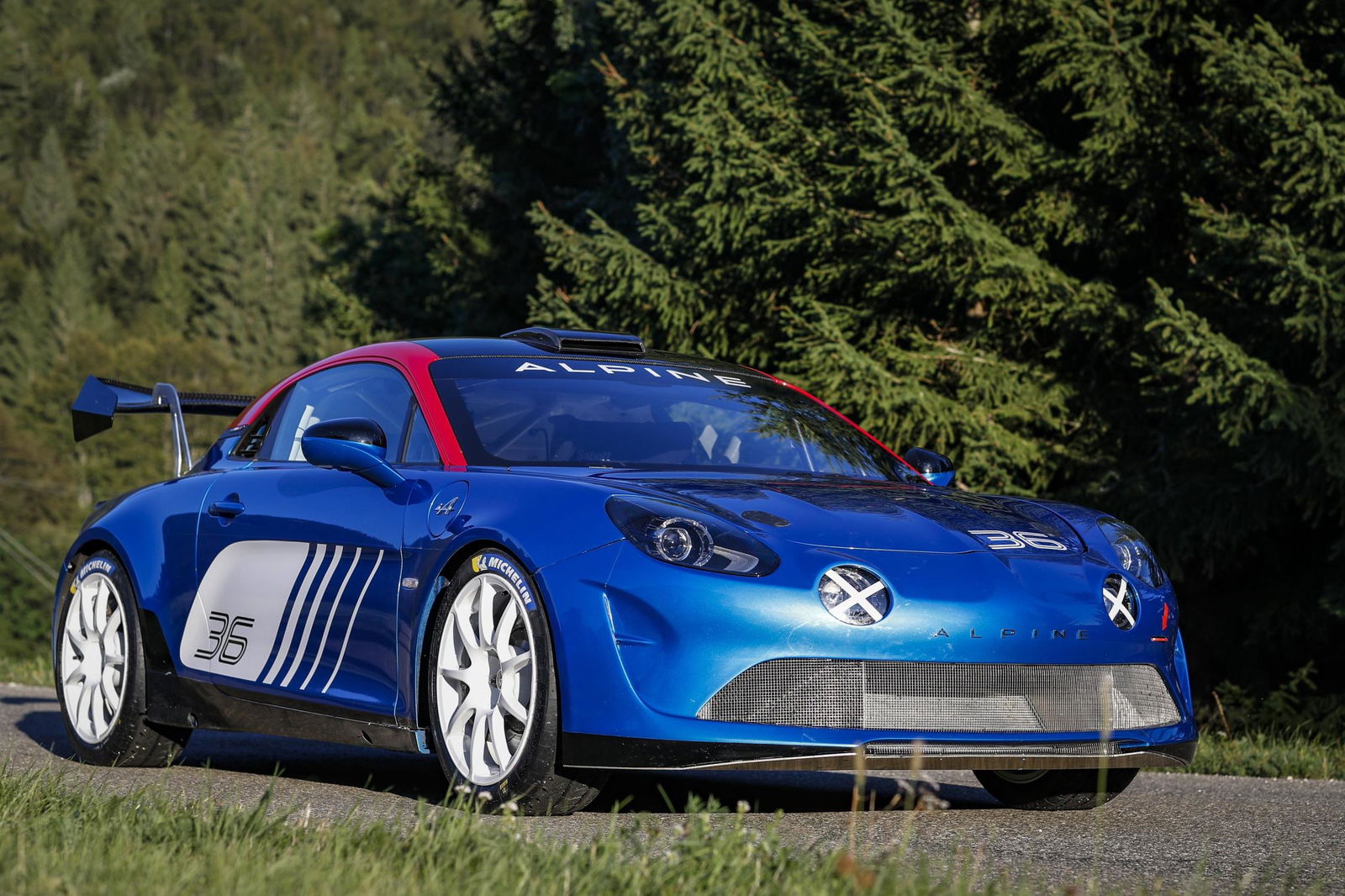
Comments
It is a Tesla killer. Not just with performance, but also looks and probably handling too. Or at least I expect the handling to be much better, especially when the car is coming from a real premium car maker, not this Tesla which has been on the planet for like 10 years.
Greetings! Welcome to The Illuminati World. Bringing the poor, the needy, and the talented to the limelight of fame and riches. Get money, fame, power, and security. Get recognised in business or politics. Rise to the top in whatever you do, and be protected spiritually and physically! All these you will achieve in a twinkle of an eye when you get initiated into the GREAT ILLUMINATI EMPIRE you will have numerous benefits. Are you interested joining Illuminati on email illuminatisecrethome666@gmail.com or office whatsapp number +2349051797323 thanks let do it sir
Pagination